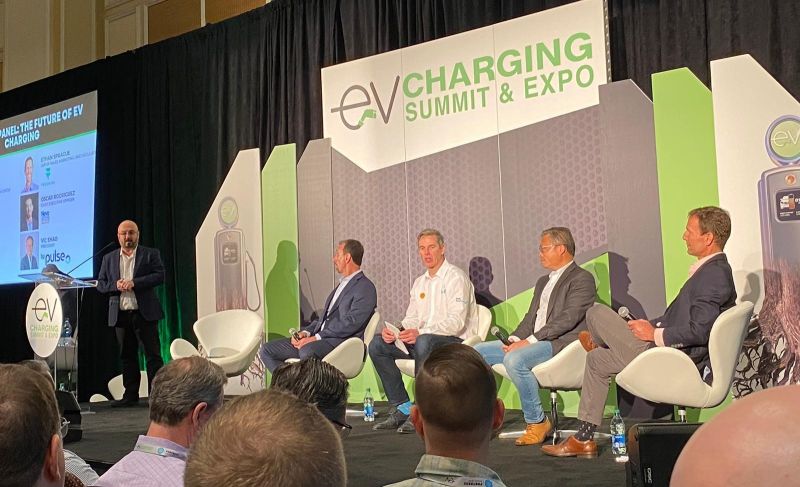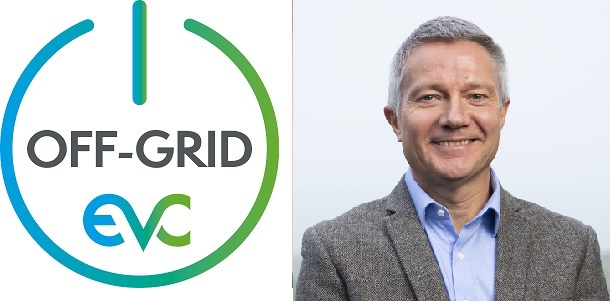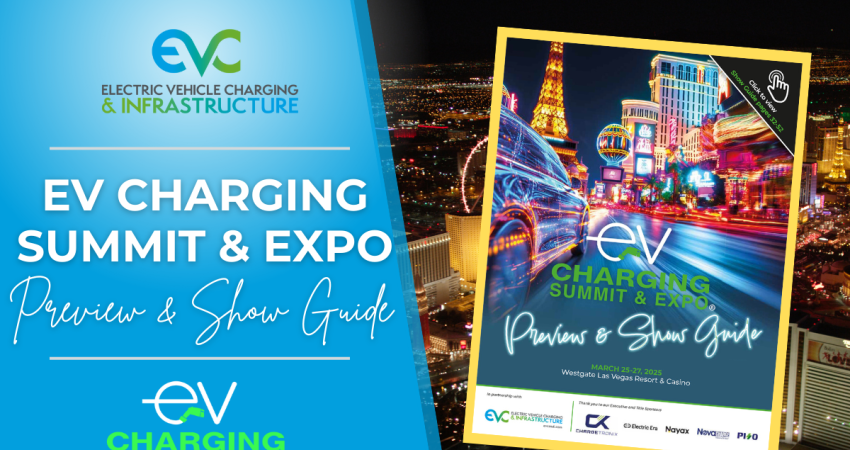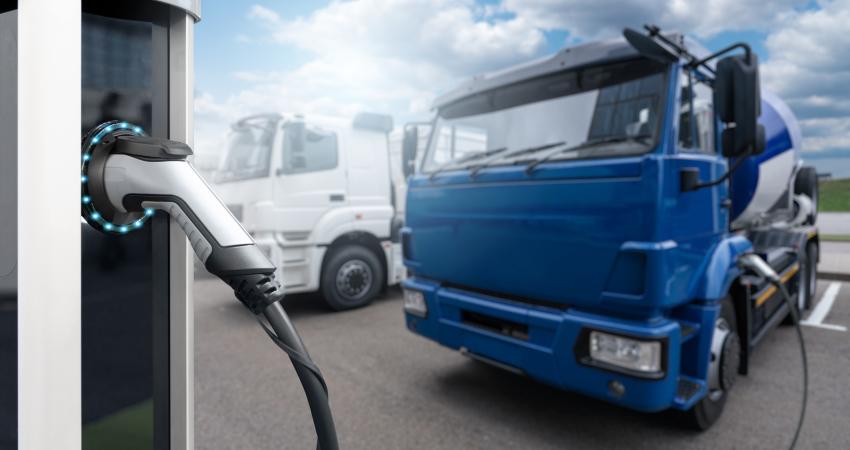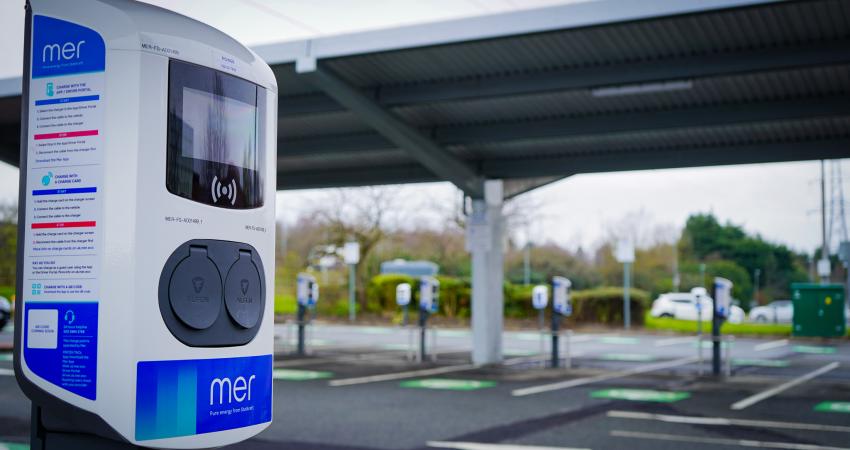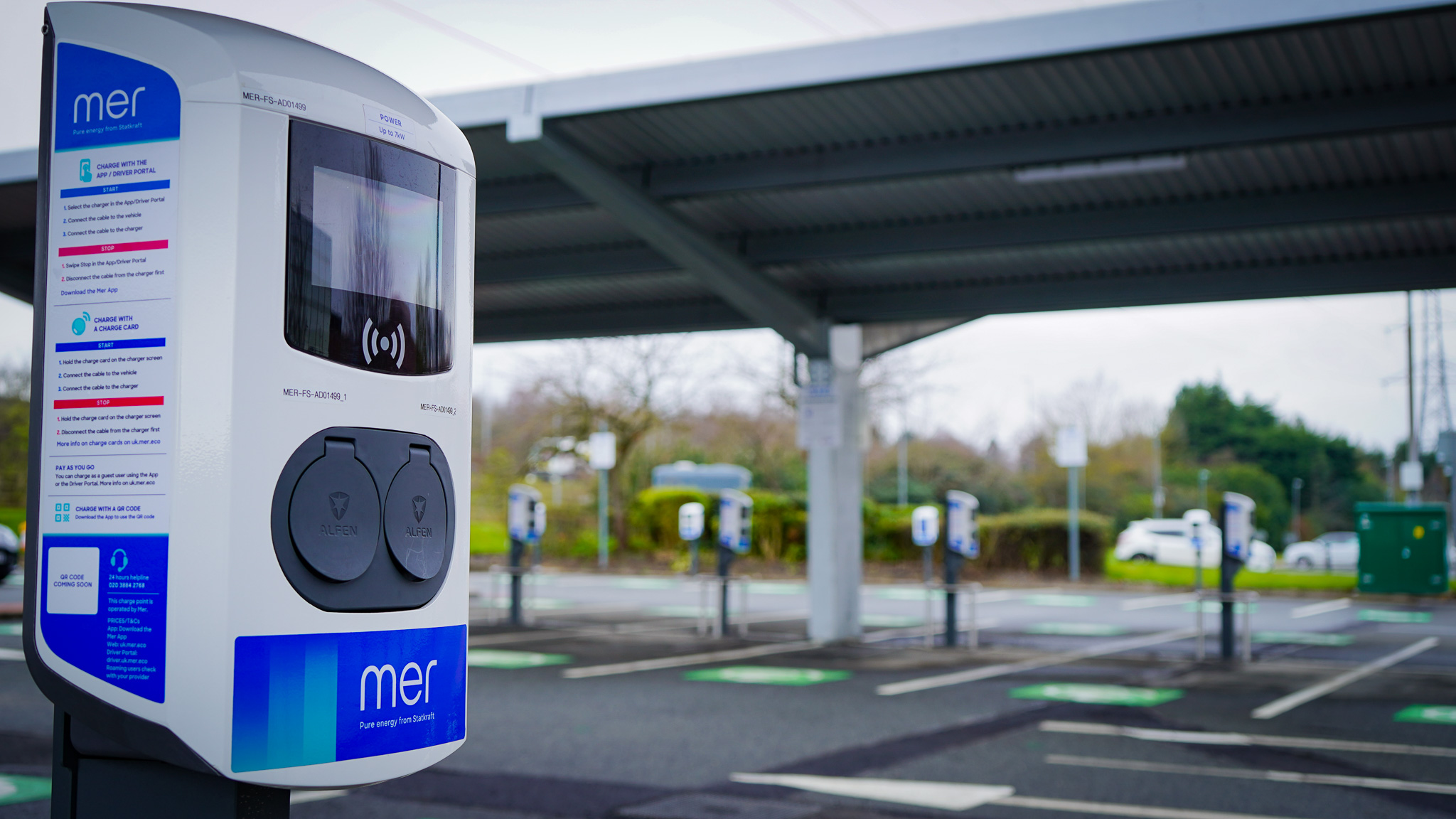
Elizabeth Warren looks at changes in public EV charging behaviours
The public EV charging experience is unrecognisable from how it looked just five years ago. Then, frankly, a lot of charge points were installed wherever there was space and perceived demand. Relatively little thought went into the customer experience. A prevailing anxiety about the range of vehicles and a lack of charge point coverage essentially meant that drivers would just be grateful to plug into to any available public charger.
Now there are far more EV models available and many, many more EV drivers. In 2024, we passed the milestone of one million fully electric cars on the UK’s roads. That figure is set to grow significantly in 2025, and we will see that reflect a change in the provision of public EV charge points.
All aspects of the EV industry are waking up to the fact that the customer has choice and agency over the vehicles they drive and the on-route charging experience they want. If you’re on a long journey and need to recharge, you’re going to want to stop somewhere with amenities. Somewhere with a coffee shop, toilet facilities, wi-fi, etc. It’s a chance to recharge your own batteries as well as the EV’s.
We’ll also see that, as EV driving becomes the ‘new normal’, the demographic make-up of EV drivers will shift. A much broader range of individuals now own and drive EVs. Early EV drivers tended to be technically inclined, able-bodied men. There’s now so much more diversity and a different set of charging preferences from women, disabled and older drivers.
As more people from a wider range of backgrounds switch to electric vehicles, it’s important that charge points are accessible to everyone, including disabled and older drivers. In Mer’s 2024 EV driver survey, 49% of respondents were over 60.
It’s also estimated that there will be around 2.7 million disabled drivers and passengers in the UK by 2035. Many of these will be switching to EVs. Drivers with disabilities who use the Motability scheme can use their motability allowance for EVs.
PAS 1899 from the Energy Saving Trust sets out the standard for inclusive and accessible public EV charge points. It includes best practice for establishing an inclusive and safe environment. Key elements are lighting, security cameras and signage. These are all things that public charge point operators need to factor into the overall charging experience, whether that’s at retail parks or charging hubs.
EV drivers will avoid charging locations that leave them feeling vulnerable. Charge point operators will sharpen their focus on requirements and preferences that weren’t even on the horizon five years ago.
Natasha Fry reflects on the changes we will see in fleet charging
The electric fleet charging market is maturing. Fleet managers who were maybe sitting back to see how the regulations and practicalities of installing EV fleet charging infrastructure would pan out are seeing they need to act now. And fleet managers who five years ago were ahead of the game may now be looking at upgrading their infrastructure.
There will be more conversations about how to get the most out of their charging infrastructure in the context of the wider energy usage within the business, and what might be needed in the future. For both, early and later adopters, there is a stronger understanding of what EV fleet charging involves. That said, it’s always more complex than people think. Everyone, including us, is constantly learning.
As EV fleet infrastructure experts, we have learnt a lot about the nuances and complexities of running electric fleets – which are massive. It’s a specialised area to service, and our teams at Mer have attained a huge depth of knowledge and market intelligence that is based on real world experiences.
2025 is going to see a steady acceleration in fleet transitions. People are already starting to plan for change. There’s certainly a greater awareness of the need for electricity to power the fleets, and for some that will mean a power upgrade.
Utilisation is the watchword for EV fleets, and that takes careful planning and design of charging systems from the ground up. Charging infrastructure configurations for fleet operators don’t start and end with the installation. It’s a continual process from the front-end to back-end. From analysing routes, traffic, driver behaviour, to designing and optimising the infrastructure through to planning for upgrades and replacing hardware as technology develops.
The biggest development will, I believe, be in the technology. Fleet managers will move away from treating EV charging as a standalone solution. Fleet managers will want the driver to have a really simple experience when driving that electric vehicle, including charging.
Charging software just needs to be seamless for the driver to navigate around. The ISO 15118 standard that simplifies ‘plug and charge’ plays a big part in this and will make life a lot easier for fleet managers.
Charging will become integrated in the overall fleet management systems that drivers use day-to-day, from when they leave the depot to when they return. The driver will be directed to the bays that have got electric charging capability for optimal charging, possibly overnight when there’s off-peak energy available and integrate smart charging and dynamic load balancing. We’ll see huge advances in technology and software in 2025.
For both public and fleet charging, 2025 looks like it will be a landmark year.


